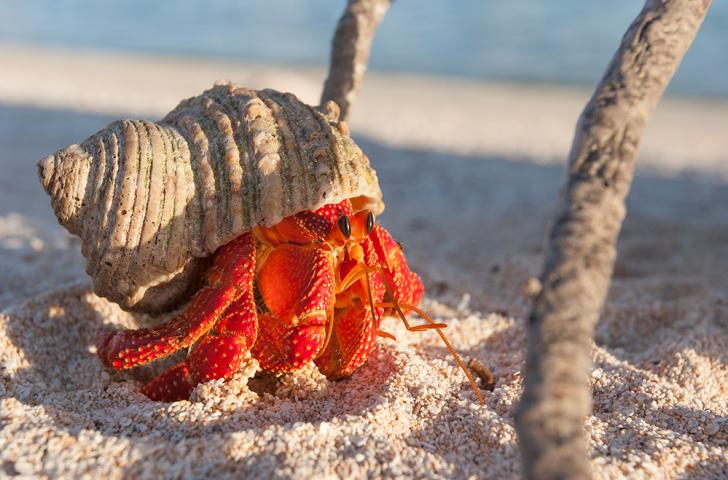Where Do Seashells Come From?
Everyday STEM Trends in STEMDate July 3, 2025
Est. Reading Time 3 mins
If you are one of the millions of people visiting the ocean this summer, you are probably familiar with the beautiful shells that line the sand and water. Children and adults have been collecting these colorful beach treasures for centuries, but do you know how they come to be or their purpose in the ecosystem? Keep reading to find out!
The Making of a Seashell
Did you know that every seashell once housed a living creature? It’s true! Most shells we see once belonged to a clam, conch, snail or other mollusk. These animals need a shell to protect their fragile bodies from predators. To create these protective shells, the mollusk gives off protein and minerals, including calcium carbonate, from their mantle — the outermost layer of tissue on their body. These harden into layers, forming the shell. As the animal grows, so does their shell. Like a tree, the shell forms rings as it grows, telling us the mollusk’s age.
What creature did your child’s favorite shell once belong to?
How Shells Get Their Design and Color
There are many colors and styles of shells to be found at the beach. While it may seem random, these characteristics occur for specific reasons. Some shells have bright colors or striking patterns to deter predators, while others camouflage into their surroundings to hide in plain sight. But it’s not just color that sets shells apart, their shape and texture vary as well! Mollusks like snails have a single shell twisting like a cone – a univalve. Mollusks like clams have shells on both sides, joined in the middle – bivalves. Some shells are smooth to burrow in sand, some are ridged to anchor on the seafloor and others have long spines to trap food!
As you and your child compare your favorite shells, consider what caused the similarities and differences in their designs.
A Seashell’s Important Roles
A shell does not stop being useful when the mollusk that created it is gone. Aside from uses humans have found in jewelry, décor, construction and more, shells can still play a vital role in the ocean ecosystem. They act as protection for various species, like hermit crabs who depend on shells for shelters! Shells also provide a place for organisms like seagrass to attach, increasing biodiversity. They even can help prevent erosion in coastal areas.

Ask your child what they find most interesting about seashells – then, help them research any lingering questions.
Learn More
Encourage your child to stay curious about the world around them and keep reading our blog to uncover more examples of real-life STEM to share.